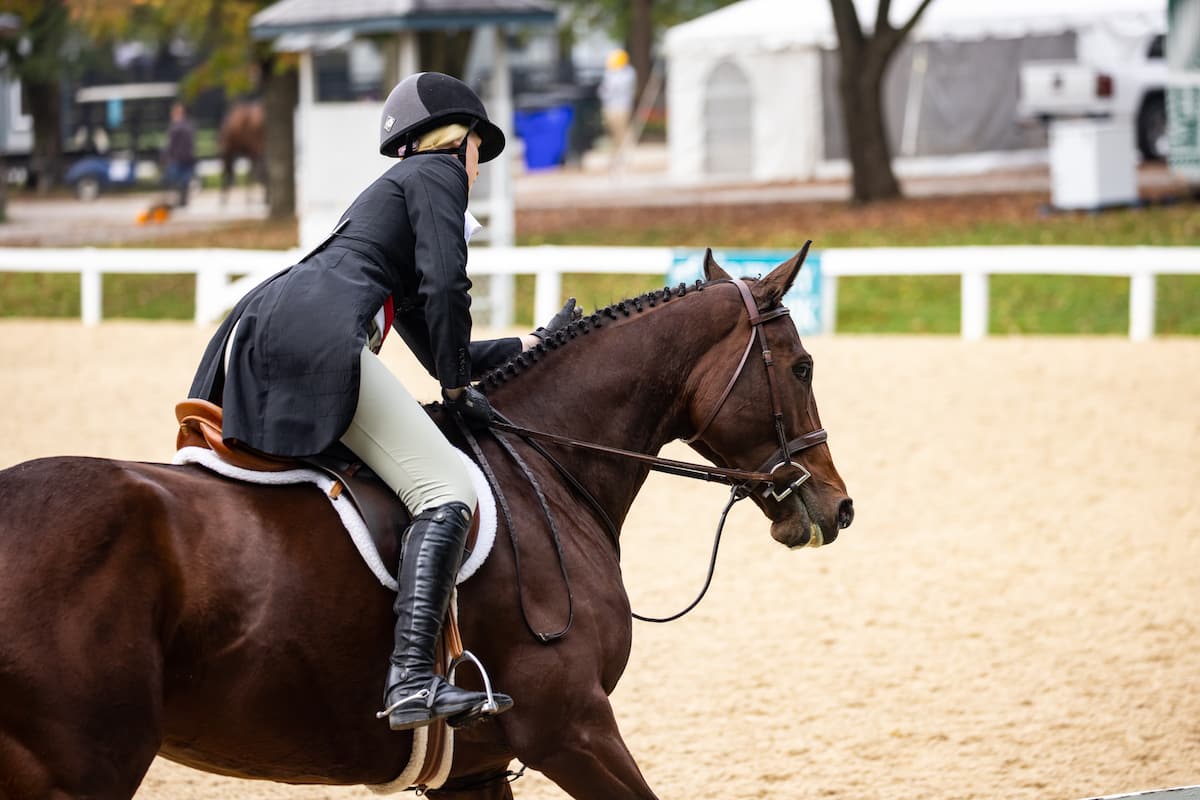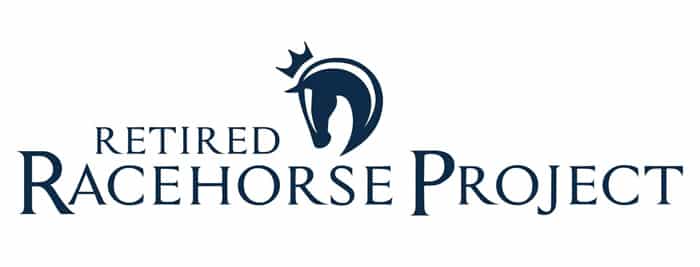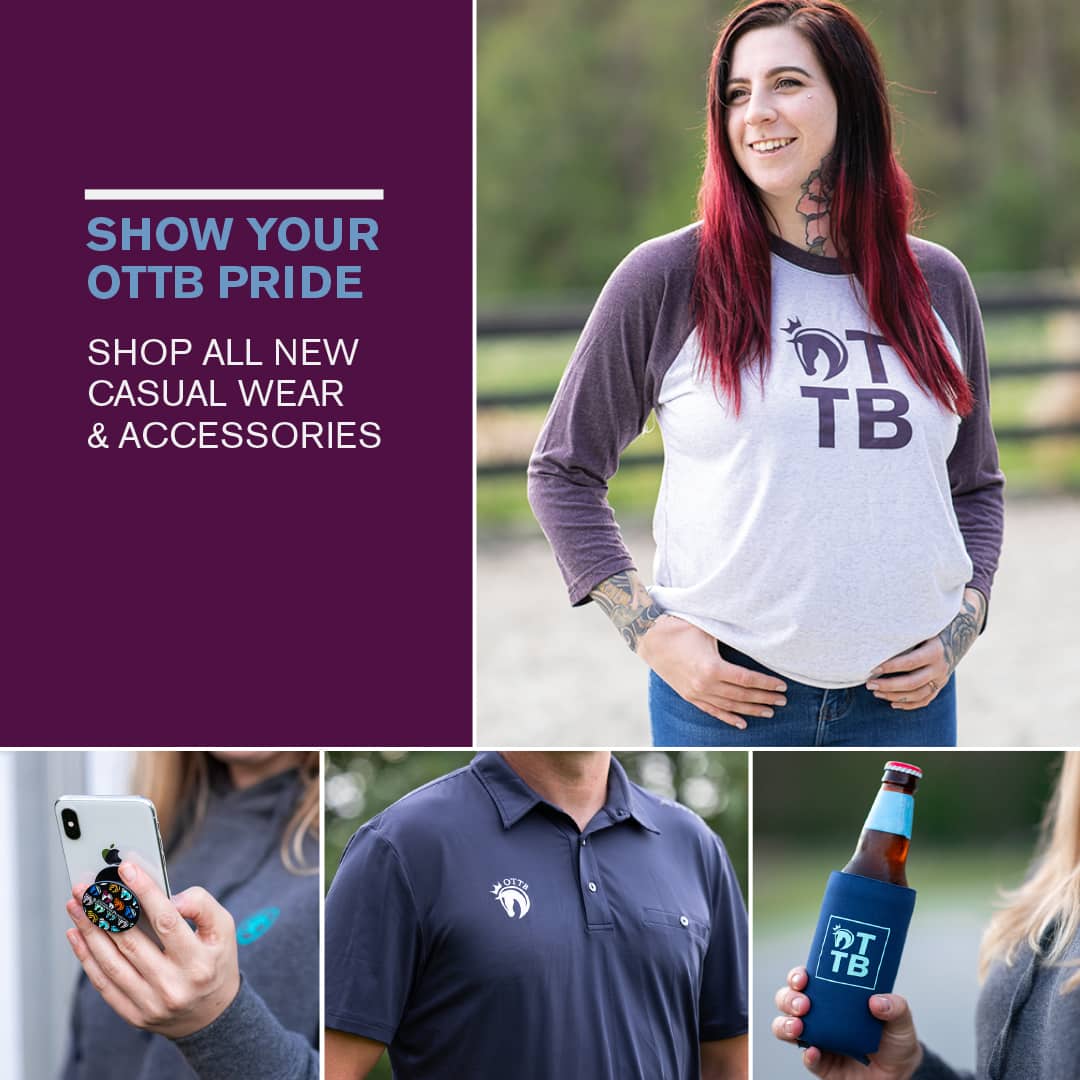
Bethany P Photography
“Aftercare” can be broadly defined as the care and rehoming of a horse once it retires from racing: horses usually only race for a few years of their lives, but can live to be 30, so a viable option for their post-racing years is a necessity. Many racing athletes can go on to productive second careers as riding and competition horses in the equestrian world — but bridging the gap between a racing career and a second career can be a challenge. That’s where aftercare comes in, which has evolved into a multi-faceted industry developed to meet the needs of both the racing and equestrian worlds.
There is no one single “solution” for Thoroughbred aftercare in North America: it takes the continued cooperation of multiple entities including both non-profits and businesses to effectively and efficiently transition horses from racing to recreational or competitive careers in equestrian sports. Let’s take a closer look at the recognized facets of the aftercare industry:
Sanctuary: Sanctuaries are typically permanent retirement facilities for racehorses. Some organizations may utilize horses for human therapeutic or rehabilitative programs, but horses are typically not ridden. Sanctuary can be a great option for horses who cannot be ridden due to soundness, temperament or other issues. Sanctuaries typically operate as non-profits, though private sanctuaries also exist. Non-profit sanctuaries may be eligible for accreditation and funding, but some may not fit the model.
Non-profit adoption organizations: Supported by donors, sponsors, grants, fundraisers and adoption fees. These organizations typically take over ownership of horses from racing connections; individual policies may request or require a monetary donation to accompany the horse to help defray the cost of care during the transition, especially if the horse requires veterinary care and/or rehabilitation for a racing injury. Many organizations offer some level of retraining for a second career before offering horses for adoption; some require horses to come back to the organization if they are not going to be kept by the original adopter, while others turn over full ownership with rights to sell and/or breed the horse as desired. Some non-profit organizations serve only as a listing service to connect equestrian buyers with the racing connections to facilitate sale. Non-profits may be eligible for accreditation and funding, but some may not fit the model.
Track-based programs: These programs originate through state organizations or individual tracks, and serve horsemen at the tracks to facilitate the safe placement of Thoroughbreds retiring from racing. They may utilize regional non-profit organizations as well as private farms to aid in the transition. These programs generally don’t fit the model for accreditation, but may choose to work exclusively with accredited organizations.
Listing agents: Listing agents or services may operate either as non-profit organizations or as for-profit business entities, both serving the same purpose of creating online listings via websites or social media to directly connect interested buyers with racing connections. They may charge a commission or require a donation for their services but are otherwise generally not party to the sale. Typically, these services do not fit the model for accreditation.
Resellers: “Reseller” is the aftercare industry term for individuals who purchase horses directly from racing connections, then assess, rehabilitate as necessary, and retrain horses for sale to new owners pursuing competitive or recreational outlets for Thoroughbreds. Resellers may take on dozens of horses a year and move them relatively quickly, or they may only take on one or two and produce them to a more finished level of training for a second career before selling. As business entities, resllers are not eligible for accreditation.
Incentive/education/advocacy programs: Including both for-profit and non-profit organizations, incentive/education/advocacy programs are an important branch of Thoroughbred aftercare as they drive demand for the breed, incentivize off-track Thoroughbred ownership and participation in sport, and provide critical education to ensure that ex-racehorses transition safely and successfully to second careers. These programs elevate all other branches of aftercare by creating and promoting a market for the Thoroughbred as a sport horse. The Retired Racehorse Project is one such example of an incentive/education/advocacy program, which has made a measurable impact on the value of Thoroughbreds retiring from racing.


